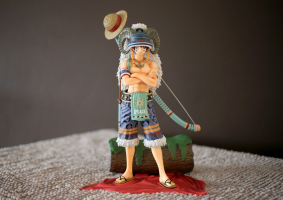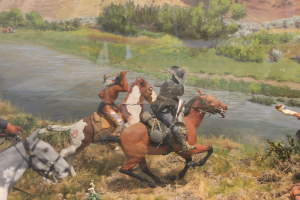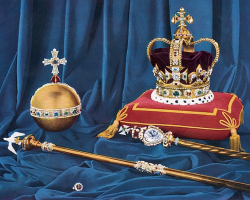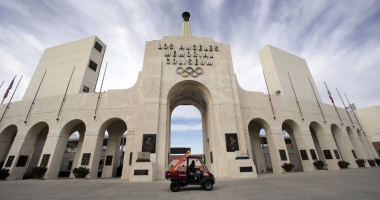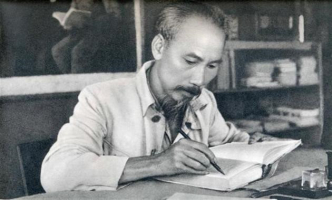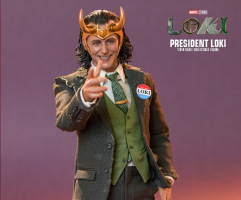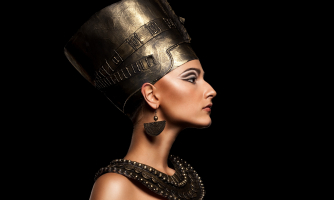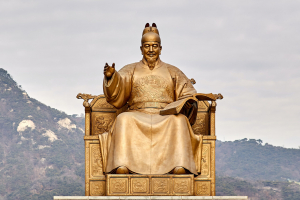Top 10 Million Milestone: Historic Firsts to Reach Seven Figures
Here is a list of the first ten in ten categories, chosen for no particular purpose other than trivia, to reach one million. Some of them are unexpected, some ... read more...are baffling, and at least a few are disputed for various reasons that are mentioned.
-
The majority of beer consumed in the United States before the American Civil War was locally brewed, served on tap, and consumed in neighborhood taverns and bars. Depending on the ethnic makeup of the local people, there were many different types of beers and ales. Irish populations valued their ales and porters, while German newcomers preferred their lager.
Several brewers started exporting their beers after the war when refrigerated train wagons became commonplace. To promote their Budweiser beer, Anheuser-Busch commissioned the artwork Custer's Final Battle, appealing to patriotism in bars and taverns all around the nation. While the St. Louis brewery attempted to compete for sales with companies based in Milwaukee, it first debuted in 1896.
Because, as competition for national markets increased, Milwaukee's Pabst Brewing Company outsold all others in terms of sales. In 1874, Pabst was the biggest brewer in the country. Pabst sold more than 1 million barrels of beer in 1893, the majority of which went by the label Pabst Best Choice Lager. By producing cheese in its breweries, Pabst overcame Prohibition.
During the so-called Noble Experiment, the majority of small, regional breweries across the nation went out of business. Anheuser-Busch eclipsed Pabst in output and sales after Prohibition, taking over as the biggest brewer in the country in 1957. Although it is situated in Los Angeles rather than Milwaukee, Pabst is still in operation and continues to make several other formerly local beers in addition to its own brands.

Image by Pixabay via pexels.com 
Image by ELEVATEvia pexels.com -
According to Brandwatch, celebrities dominate the list of Twitter users with the most followers, even though former president Barack Obama tops the list with more than 130 million followers. Around 110 million people follow Katy Perry. Cristiano Ronaldo, a soccer player, is the only sports celebrity in the top twenty (as of April 2021). Ellen DeGeneres, who hosts a talk show, is positioned at position 9. CNN and CNN Breaking News both make the list, at positions 15 and 20, respectively.
Yet, none of the top twenty Twitter users or organizations were the first to reach 1 million followers. Achieving the accolade in April 2009 was actor Ashton Kutcher. In a contest to determine who could achieve 1 million followers first, CNN lost to Kutcher. CNN reported that Ashton edged out the network in a close race after coming from behind. Throughout time, Ashton accrued almost 17 million followers, significantly less than was required to get in the top 20.
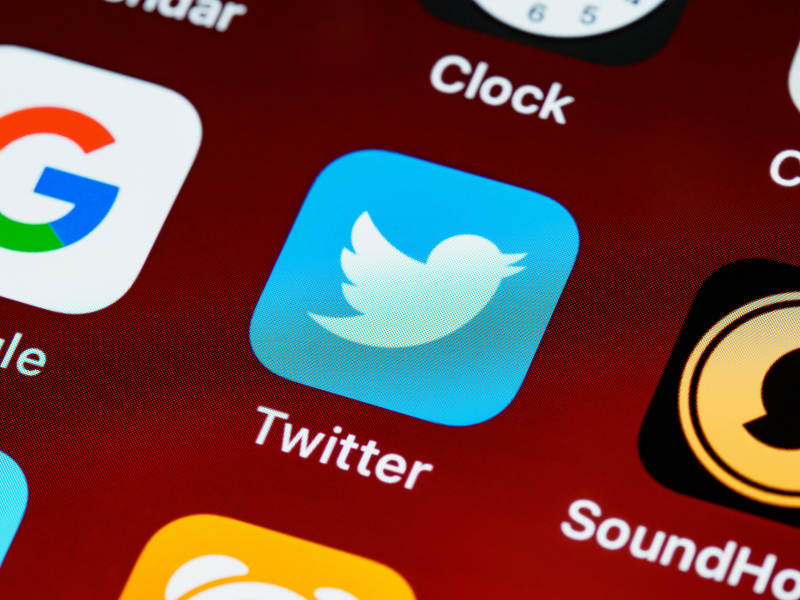
Image by Brett Jordan via pexels.com 
Image by freestocks.org via pexels.com -
With the salaries they demand for television roles—which are obviously contingent on the ratings for their programs—many actors have made headlines. More advertising fees for the network result from high ratings. Also, it aids in drawing viewers to the show that airs just after it on the schedule. The networks rely on highly rated programming, particularly situation comedies because they are more cost-effective to produce than dramas. Even while nobody made $1 million per episode until 1997, they developed into cash cows for their casts during the 1980s.
Jerry Seinfeld played that position in his own show, which bears his name. Despite being the only cast member to appear in every episode, Jerry made a lot more money than the other actors on the show. That shouldn't be shocking that. Seinfeld was its name after all. Jerry turned down a reputed $5 million per episode offer to appear in a tenth season of the program dubbed as "the show about nothing," despite how much money the show reportedly brought in for NBC overall. Since then, many performers have earned more than $1 million per episode.
Image by CoWomen via pexels.com 
Image by R. Fera via pexels.com -
Actors and actresses were given jobs under a contract system during the years when studio domination in Hollywood permitted the studios to control their compensation. The studio system gradually disappeared throughout the 1950s, and actors effectively became independent contractors. They could therefore use their box office success to command steadily increasing payments for their services.
The first actor to do so was paid $1 million for a role in a single movie in 1962, using his then-immense popularity. Marlon Brando played the part of Fletcher Christian in the MGM adaptation of Mutiny on the Bounty. Only half of that sum, though, was for his performance. The remaining funds came from consultation fees and $5,000 every extra day of shooting. Marlon made almost $1.2 million before the film was released. The movie ultimately ran a loss. plenty of cash.
He was the first actor to earn $1 million for a film role, though. His reputation was damaged and he gained a reputation for being challenging to deal with due to the film's problematic production. He married his co-star and bought an island close to Tahiti to console himself. Elizabeth Taylor became the first actress to collect $1 million for a single part the next year by employing a different strategy.
Burt Reynolds, an actor, allegedly encouraged her to demand $1 million because she didn't truly want the major role in Cleopatra. Reynolds figured they'd reject her. They failed to. Taylor's first of two marriages to actor Richard Burton resulted from it, which also turned out to be a problematic production.
Image by Obregonia D. Toretto via pexels.com 
Image by Donald Tong via pexels.com -
David Parker of the Pittsburgh Pirates agreed to a $5 million contract in 1978 that would keep him with the team for five seasons, from 1979 to 1983. This gave him the opportunity to proclaim that he was the first professional athlete to earn $1 million year for his services. Although in actuality a large portion of the payment was deferred, on paper he looked to have received that sum. Parker can thus lay claim to becoming the first million-dollar athlete in professional sports. Yet others also do.
Nolan Ryan agreed to a $1,125,000 salary when he joined with the Houston Astros in 1980, but he also deferred $250,000 until the end of his deal in 1984. Ryan became the first athlete to actually receive $1 million, actually a little bit more when incentives are taken into account, thanks to a signing bonus that offset the sum. David Winfield earned $1.4 million in 1981, making him the highest-paid player in baseball.
The world has evolved. Trevor Bauer receives a yearly salary of $38 million in 2021. He is entitled to an additional $2 million if he decides to forego the final two years of his deal. Pitchers in the major leagues start 34 games on average each year. Thus, Bauer makes more than $1 million per each time he takes the mound.
Image by Andrea Piacquadio via pexels.com 
Image by RUN 4 FFWPU via pexels.com -
In 1863, Le Petit Journal (the little journal) first appeared in print in Paris. It rose to prominence as France's largest daily newspaper two years later. Early on, its publishers made the decision to shun politics, at least publicly, in order to steer clear of controversy (and French prisons). The newspaper avoided paying the tax other French newspapers were required to pay in order to enjoy the privilege by refraining from making political pronouncements.
This made it possible for it to be sold for around half as much as other French newspapers. Its weekly circulation grew to 1 million copies by 1886. The "little newspaper" had the biggest circulation in the world by 1895 because of its weekly illustrated supplement, which had a circulation of over 2 million.
The publication suffered from the whims of politics in early 20th-century France, and despite its dive into sensationalism, particularly its graphic coverage of criminal cases, popularity rapidly decreased. The newspaper relocated to Clermont-Ferrand in 1940 and stayed there during the Vichy.
Government until it ceased publication in August 1944. Its daily circulation in France had fallen below 100,000 by that point. It was a far cry from the 5 million readers the Journal boasted in the Illustrated Supplement of a year earlier, in 1899.

Image by Digital Buggu via pexels.com 
Image by Pixabay via pexels.com -
Others claim that Cervantes' Don Quixote was the first book to sell 1 million copies. Considering projections and longevity as benchmarks, perhaps it was. Yet, Don Quixote was initially released in two volumes as two distinct books with some shared characters. Ten years separated the publication of the two volumes, with the second acting more as a continuation of the first.
It was also frequently revised and condensed for publication; this was typically due to bad translations. Today, there are more than 20 English translations available, with varied degrees of accuracy. Both young adult and children's editions are available. Don Quixote is essentially what we would refer to as a franchise today.
Uncle Tom's Cabin, originally serialized and eventually released in book form in 1852, is widely regarded as the first American novel to sell 1 million copies. In its first year, it sold 300,000 copies in the United States and another 200,000 when it was published in Great Britain. It had sold 1.5 million copies in Britain by the time Lincoln took office, a major portion of them being pirated.
At the start of the Civil War in 1861, sales in the US were declining. But, once the war started, both in the Union and among the military, sales soared. It rose to become the second best-selling book and best-selling novel in the world throughout the 19th century and was published in all significant languages.

Image by Caio via pexels.com 
Image by Lum3n via pexels.com -
Now things get a little trickier. Elias Hasket Derby, a merchant and privateer owner from Salem, accumulated a substantial fortune through trade both before and during the American Revolutionary War. Nevertheless, the American dollar didn't exist when he amassed the most of his wealth; instead, he used currencies from Spain, France, the United Kingdom, and the Netherlands.
He suffered some financial setbacks after the war but was still one of the richest, if not the richest, persons in New England. Although there were wealthier men than him when America was still a British colony, some people say that he was America's first millionaire.
Others claim that George Washington was the first American whose wealth exceeded $1 million, however most of Washington's wealth was connected to real estate. He actually frequently had money problems. The case that John Jacob Astor is the first millionaire in America is arguably the strongest.
With an estimated fortune of $20 million (about $650 million today), he was unquestionably America's first multi-millionaire. Fur trading, opium trafficking, land speculation, and other successful ventures were how Astor amassed his wealth. When the Titanic sank in 1912, his great-grandson John Jacob Astor IV was widely regarded as the richest man in the world.
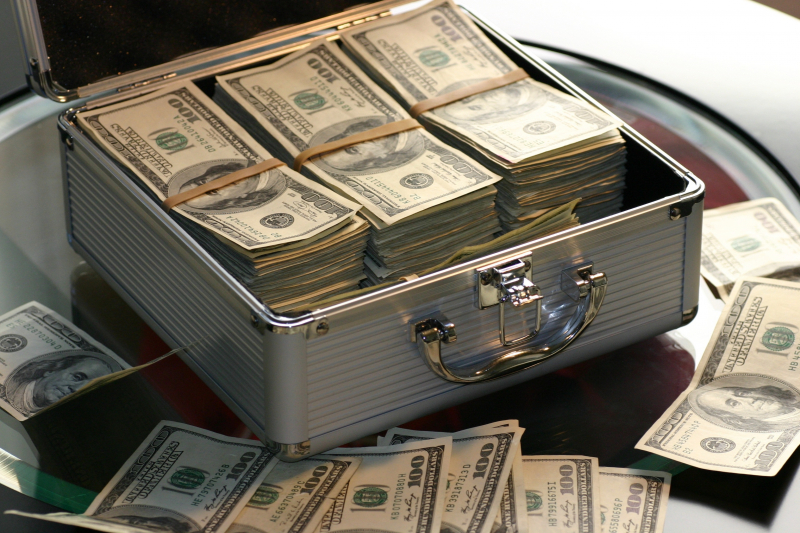
Image by Pixabay via pexels.com 
Image by Pixabay via pexels.com -
Although a firm isn't a person, the owner of this particular one had complete control over every element of its operations. The Ford Motor Company was the first business to sell 1 million cars, a milestone it attained with the help of the well-known Model T. After seven years of manufacture, Ford sold its millionth automobile in 1915. Henry was present to see the final Model T roll off the production line in 1927. Ford went on to sell 15 million Model Ts.
Ford's Model T was successful because of a number of breakthroughs that dominated the auto industry for more than a century. The advancements went beyond just making the vehicle straightforward to assemble. Ford reduced the price of the Model T while also increasing worker pay so that they could afford the goods they produced. "I shall develop a motor automobile for the broad multitude...so low in price that no man having a good salary will be unable to own one," Henry declared of his Model T. The appropriate good compensation was then given to his employees.
Ford, though, was so frugal that he made charcoal out of wood scraps left over from making the Model T. Each Model T was constructed using more than 100 board feet of wood. Ford created a business town and sawmill in Michigan to get the necessary timber. He built a charcoal production facility that was designed by his buddy Thomas Edison using scrap wood from the mill. Ford Charcoal, which was only offered through his vehicle dealers at first, changed its name to Kingsford Charcoal in 1951.
Image by Pixabay via pexels.com 
Image by Pixabay via pexels.com -
Following its 1902 recording, a recording of the aria Vesti la giubba from the opera I Pagliacci became the first record to sell 1 million copies. The tenor who plays Canio in the opera sings the aria as Canio, who transforms into Pagliacci the clown at the conclusion of the first act.
Canio, who is dressed as a clown and singing while wearing clown makeup, has recently learned that his wife has been unfaithful to him. Enrico Caruso sang the aria he had frequently performed on stage in the 1902 recording. Later, he released further recordings of the aria. Italian for "put on the costume," the title.
One of the most well-known melodies in musical history, the aria's theme is easily recognizable. Since Caruso, almost every notable tenor has recorded it as a result. Because of its familiarity, it has also been the subject of spoofs, most notably by the Kellogg Corporation in a television commercial. You can hear Caruso's record-breaking performance from 1902 above, and you can see and hear Kellogg's parody of the well-known aria below.

Image by Daian Gan via pexels.com 
Image by Lisa Fotios via pexels.com












